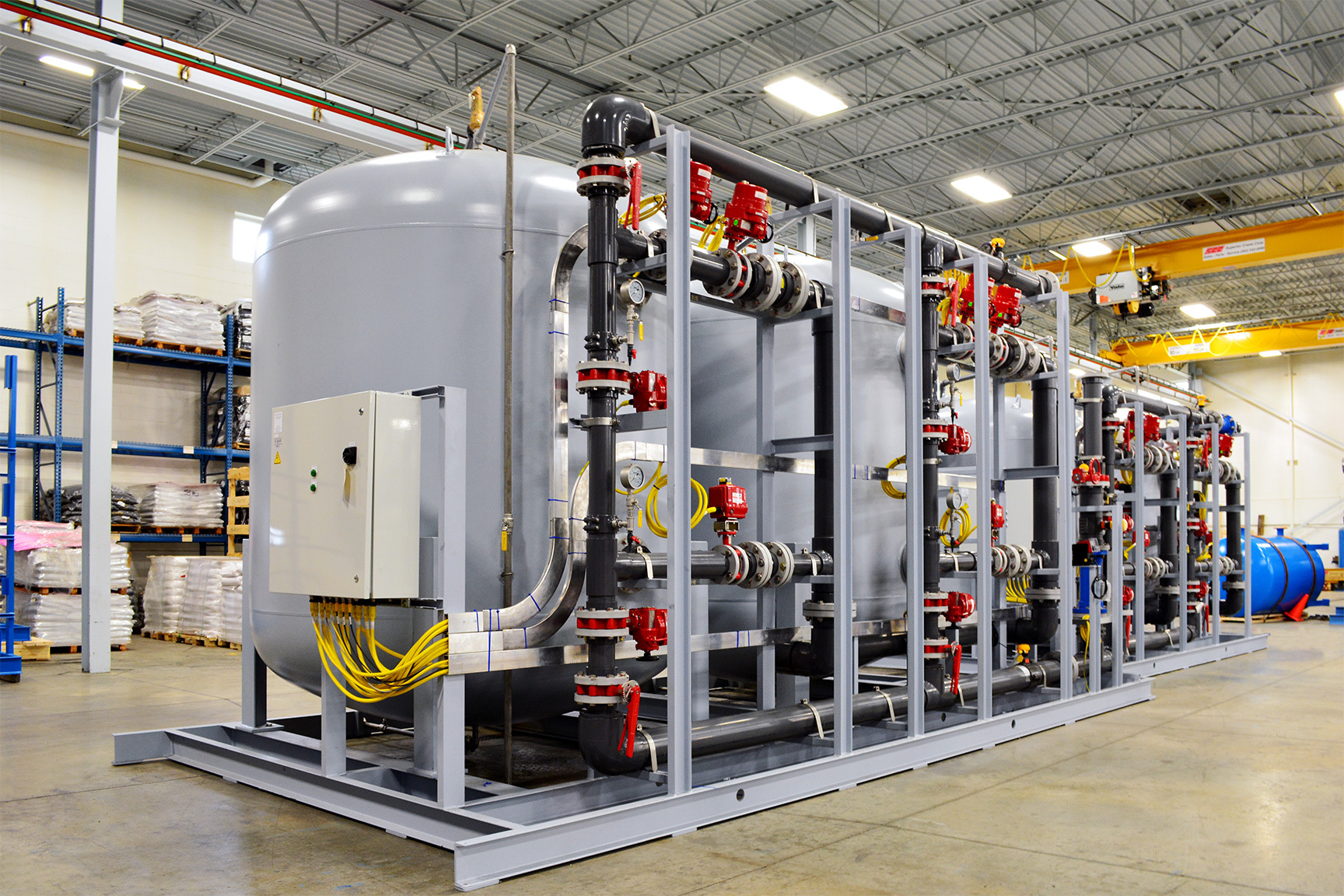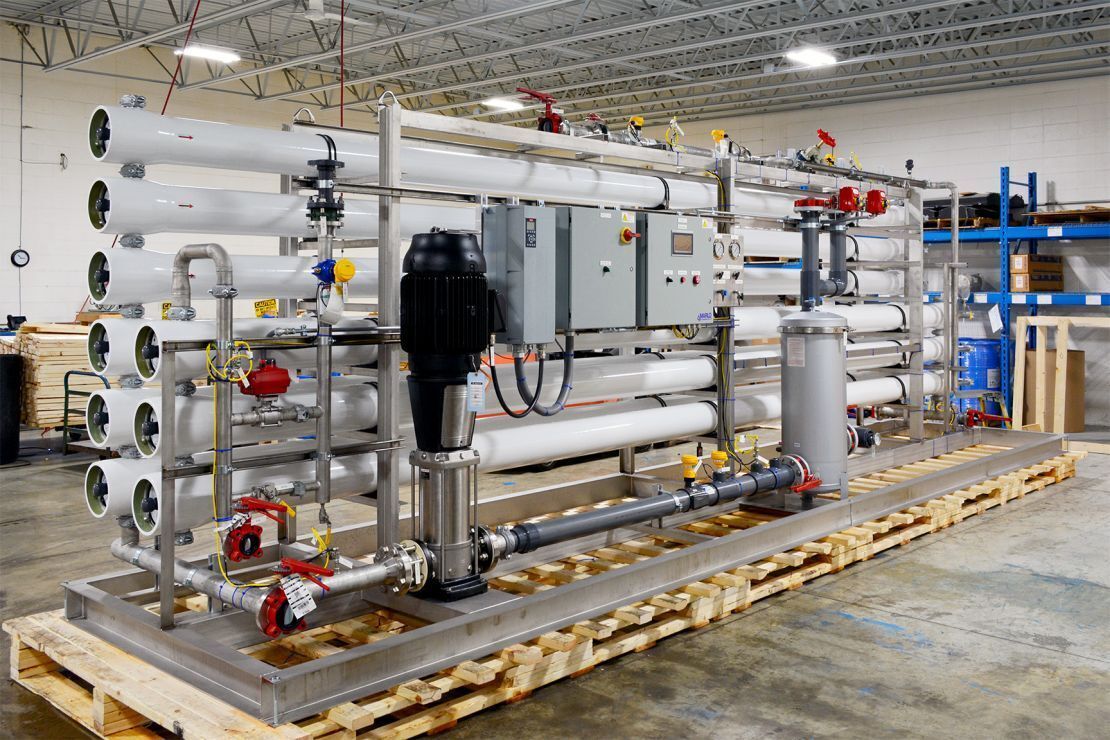Overview of PSAS treatment technologies
A major goal of the Borough's recently commissioned PFAS study is to determine which treatment options would work best for the Borough's water system.
Granular Activated Carbon (GAC)
- A porous adsorption media typically made from wood, coconut shells, coal, or peat, and used for water purification.
- Adsorption is a process of concentrating a substance located in a gas or liquid at the surface of a solid. The substance adsorbed is held to the solid by chemical forces.
- GAC is a proven technology with high removal efficiencies (up to 99.9%). Regenerative carbon beds allow for easy recovery of adsorption media.
- Carbon media is cheaper than ion exchange resin but doesn't last as long.
- Similar footprint, installation cost, and operating cost as ion exchange.
Ion Exchange (IX)
- Ion exchange is a treatment process where water passes through a bed of synthetic resin. Negatively charged contaminants in the water are exchanged with more innocuous negatively charged ions, typically chloride, on resins surface.
- Proven to provide great than > 99% removal.
- Resins can be regenerated to restore it to its initial condition. The regeneration process uses sodium chloride (known as brine).
- The sent brine is a concentrated solution of removed contaminants and must be disposed of properly.
- Ion exchange treatment can lower the pH of treat water.
Reverse Osmosis (RO)
- Reverse Osmosis (aka nanofilitration) is a membrane-separation technique in which a semi-permeable membrane allows water to pass through while preventing the passage of organic and inorganic dissolved, colloidal, and particulate matter.
- Will provide > 99% removal of PFOA & PFOS.
- Useful in removing a wide range of contaminants, including inorganics, dissolved solids, and synthetic organic chemicals.










